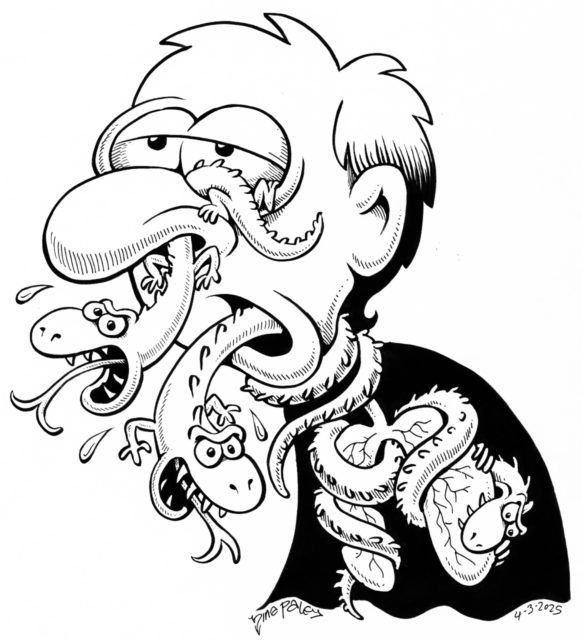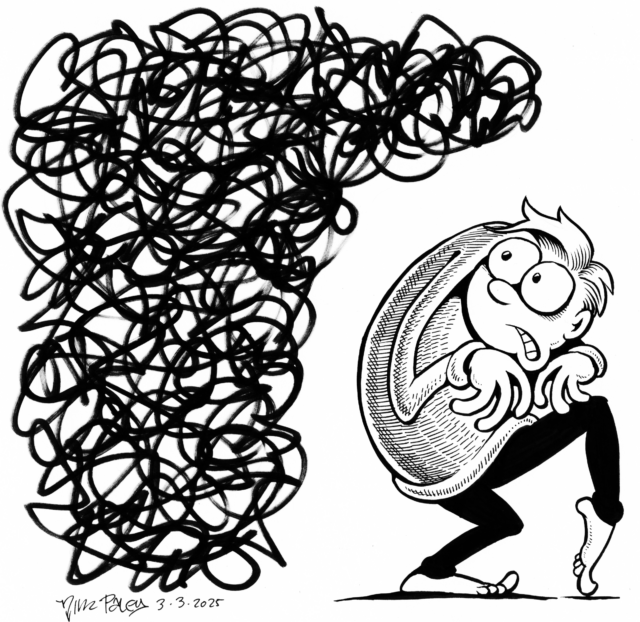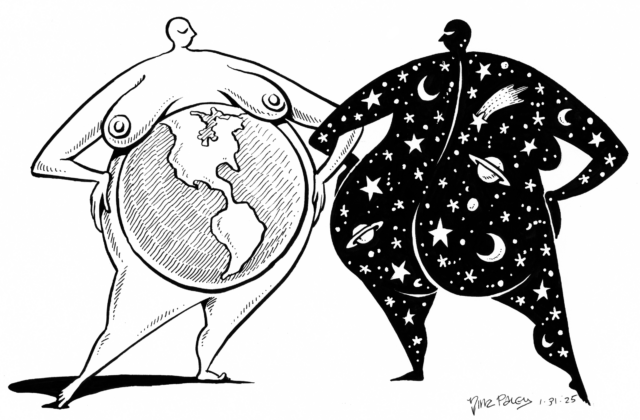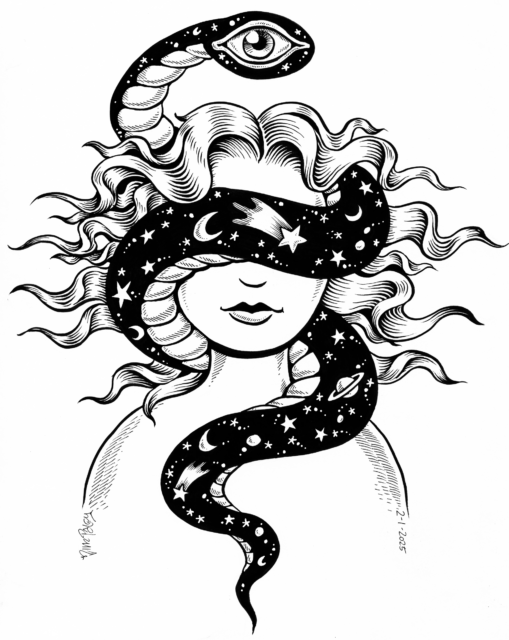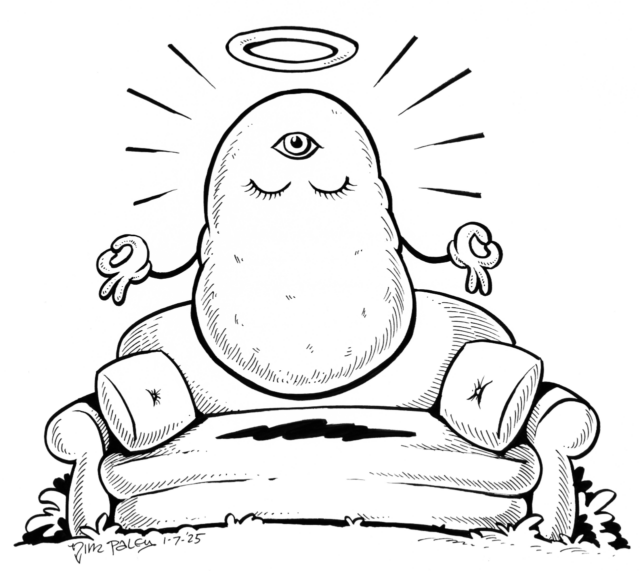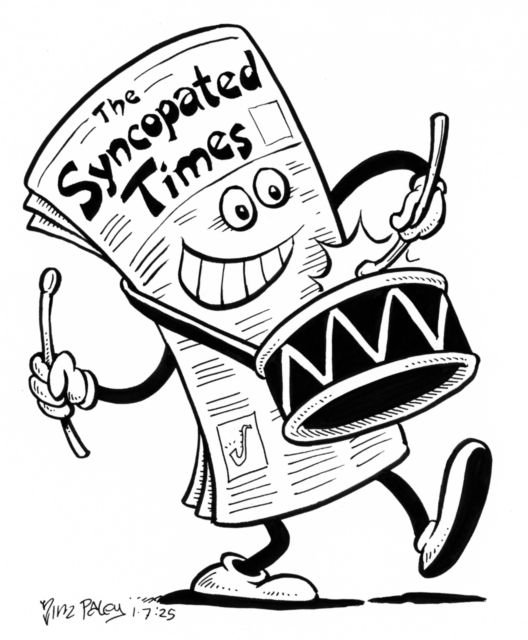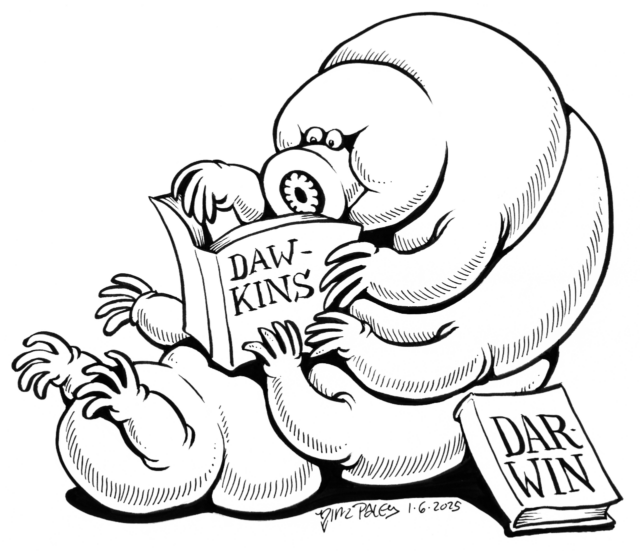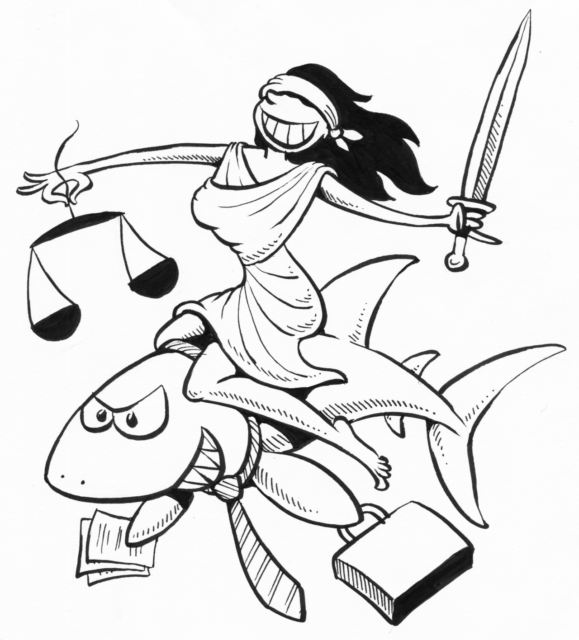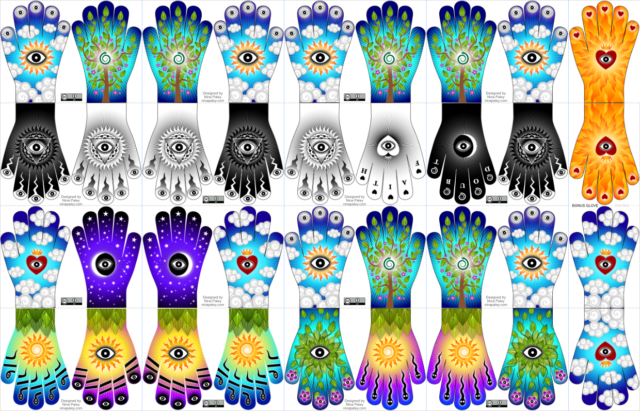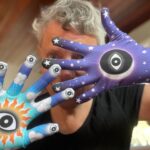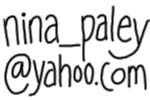
I just applied for Social Security Disability Insurance (SSDI). I don’t expect to get it. Although I have at least 3 qualifying conditions — Crohn’s Disease, Bronchiectasis, and Major Depression (treated) — I haven’t been hospitalized over 48 hours for any of them.
The application process was worthwhile anyway, because it brought me to the SSDI Blue Book. This lists all the ailments that may qualify you for Social Security monies doled out in modest increments prior to retirement age. They are a reminder of the many things that go wrong with the human body: Vision loss. Hearing loss. Amputation. Heart disease. Neurological degeneration.

In addition to broad categories like Musculoskeletal Disorders (1.00), Digestive Disorders (5.00), Hematological Disorders (7.00), and so on, the Social Security Administration maintains a list of Compassionate Allowances Conditions. These are almost all fatal, and bypass the often years-long application process for a merely months-long one that may or may not outlast the applicant. Reading it gave me a sense of perspective, as well as discomfort, fear and sadness: Heart Transplant Graft Failure, Lymphoma, ALS, Hydranencephaly, Mixed Dementias, Cancer, Cancer, and more Cancer, all terminal. Kinda makes Crohn’s and bronchiectasis seem less dire.
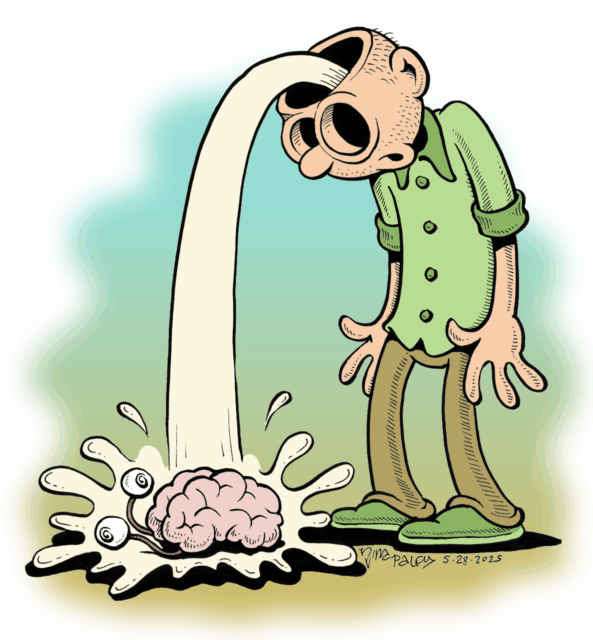
We’re all gonna get here sooner or later, unless we die suddenly (accident, homicide, etc.). Covid brought me here to Disability Land sooner. It left me with a permanent low fever and ever-expanding autoimmune conditions I never had before. It took away what I thought were another decade or two of active mid-to-latish life. At 57 I am accumulating conditions more common to those in their 70’s or 80’s. Still, I got off easy compared to many. Crohn’s, for example, is often diagnosed in adolescents; I didn’t get it until I was 55. Many disabilities are invisible, and we have no idea what everyone is struggling with.
Plus, my pulmonologist says 57 is Old. So it’s time for me to make some art about being Old:
I’m going to illustrate (parts of) the SSDI Blue Book.
Maybe I’ll make another playing card deck with them: The SSDI Qualifying Impairments Deck.
But to start I’m just illustrating.
If there’s a specific ailment you want me to include, you can commission one here. Be sure to name the condition and let me know it’s for this project. I can also make its sufferer resemble you or another victim of your choice.
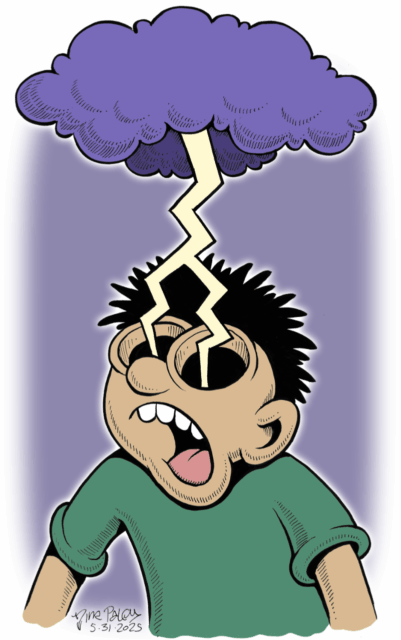
I have felt a lot better since starting this project, so even if it’s in terrible taste and everyone hates it, I’m doing it anyway.

